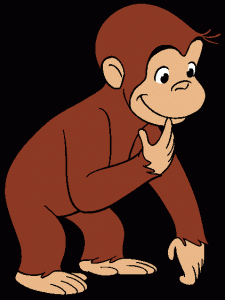The exceptionally interesting James Flynn explains the cognitive history of the past century and what it means in terms of human intelligence in this TED talk:
What does the future hold? While we might decry the “twitch” generation and their inundation by social media, gaming stimulation, and instant interpersonal engagement, the slowing observed in the Flynn Effect might be getting ready for another ramp-up over the next 100 years.
Perhaps most intriguing is the discussion of the ability to think in terms of hypotheticals as a a core component of ethical reasoning. Ethics is about gaming outcomes and also about empathizing with others. The influence of media as a delivery mechanism for narratives about others emerged just as those changes in cognitive capabilities were beginning to mature in the 20th Century. Widespread media had a compounding effect on the core abstract thinking capacity, and with the expansion of smartphones and informational flow, we may only have a few generations to go before the necessary ingredients for good ethical reasoning are widespread even in hard-to-reach areas of the world.… Read the rest







